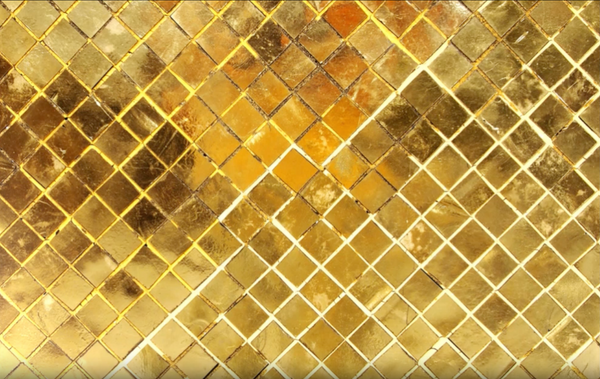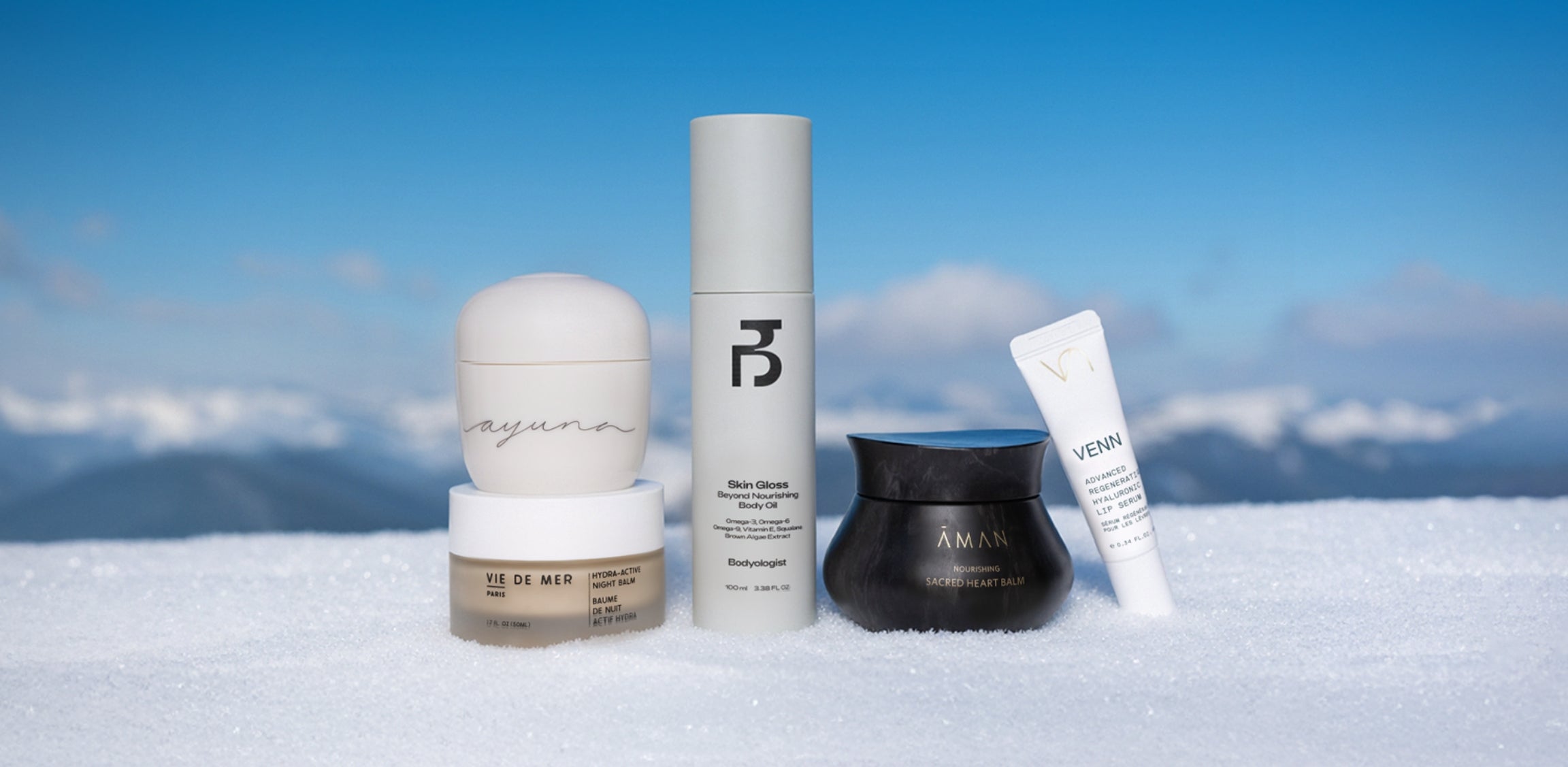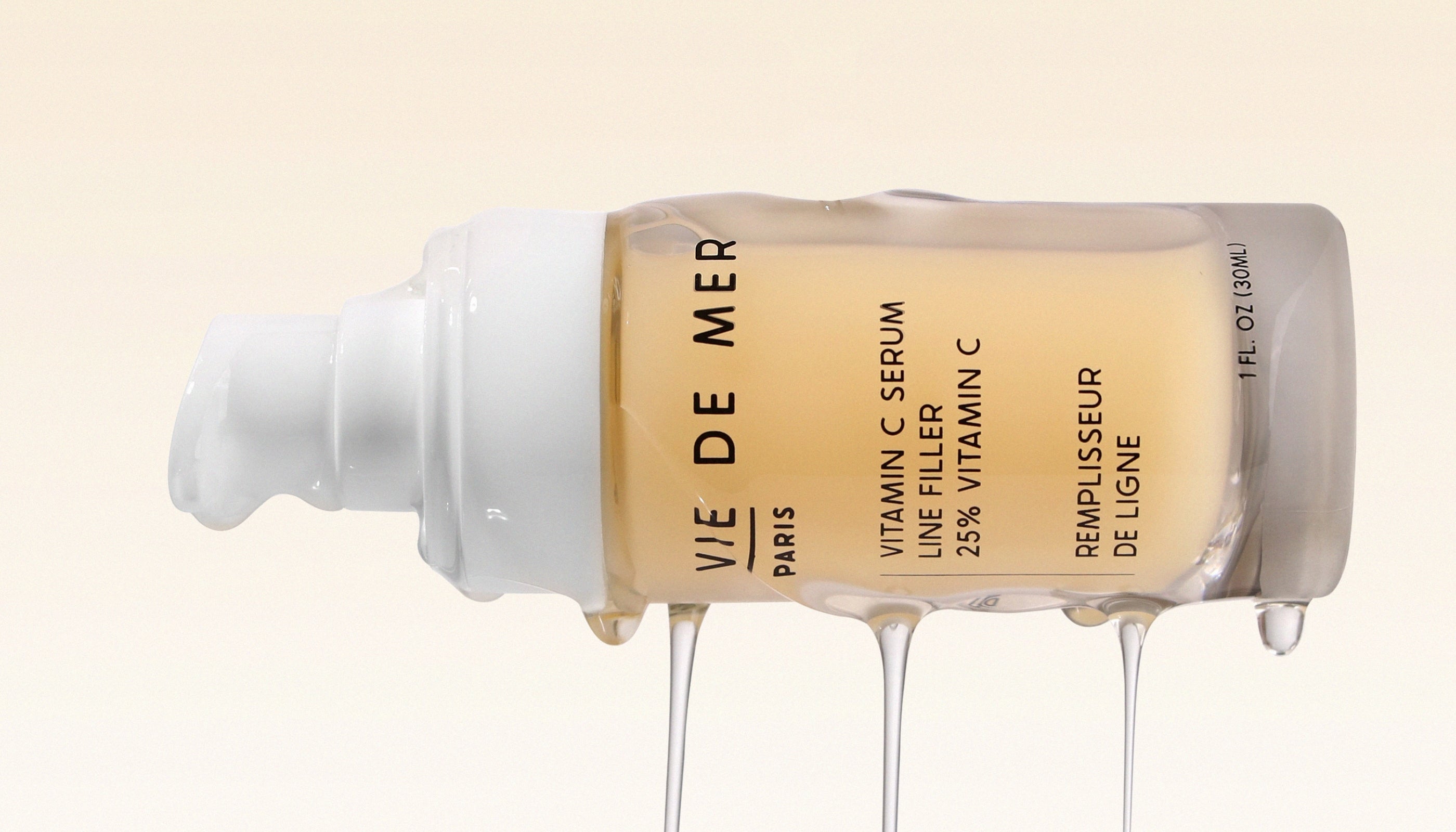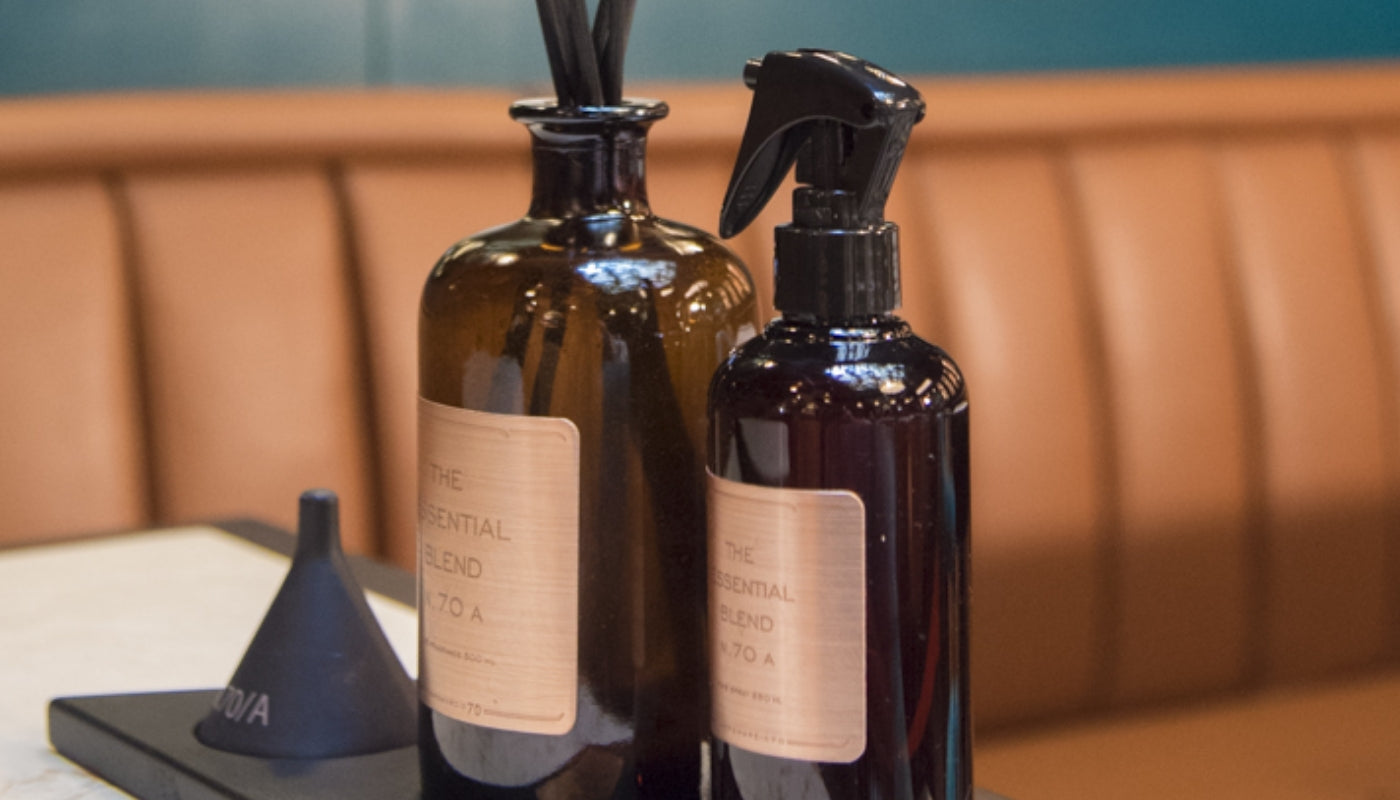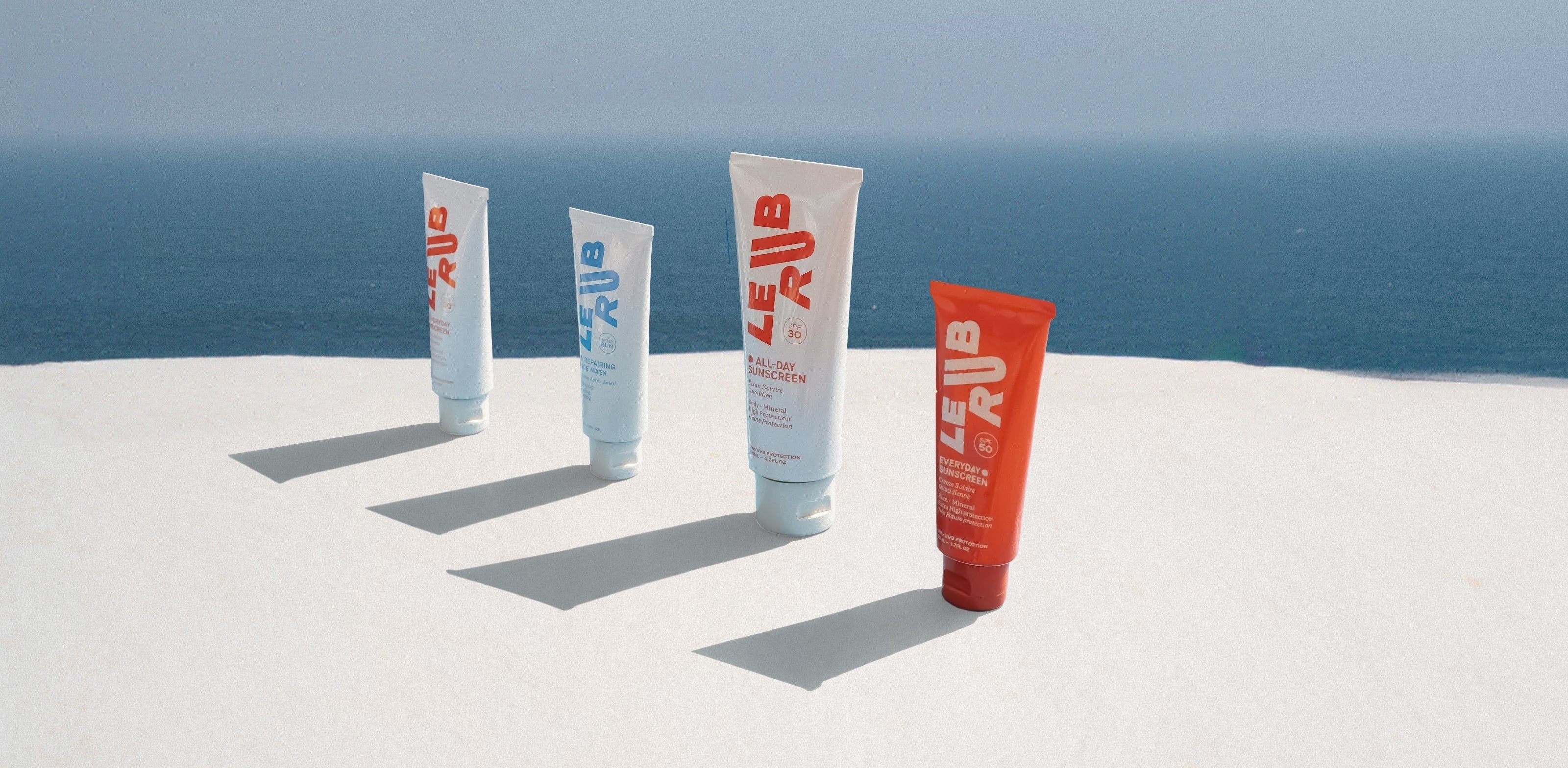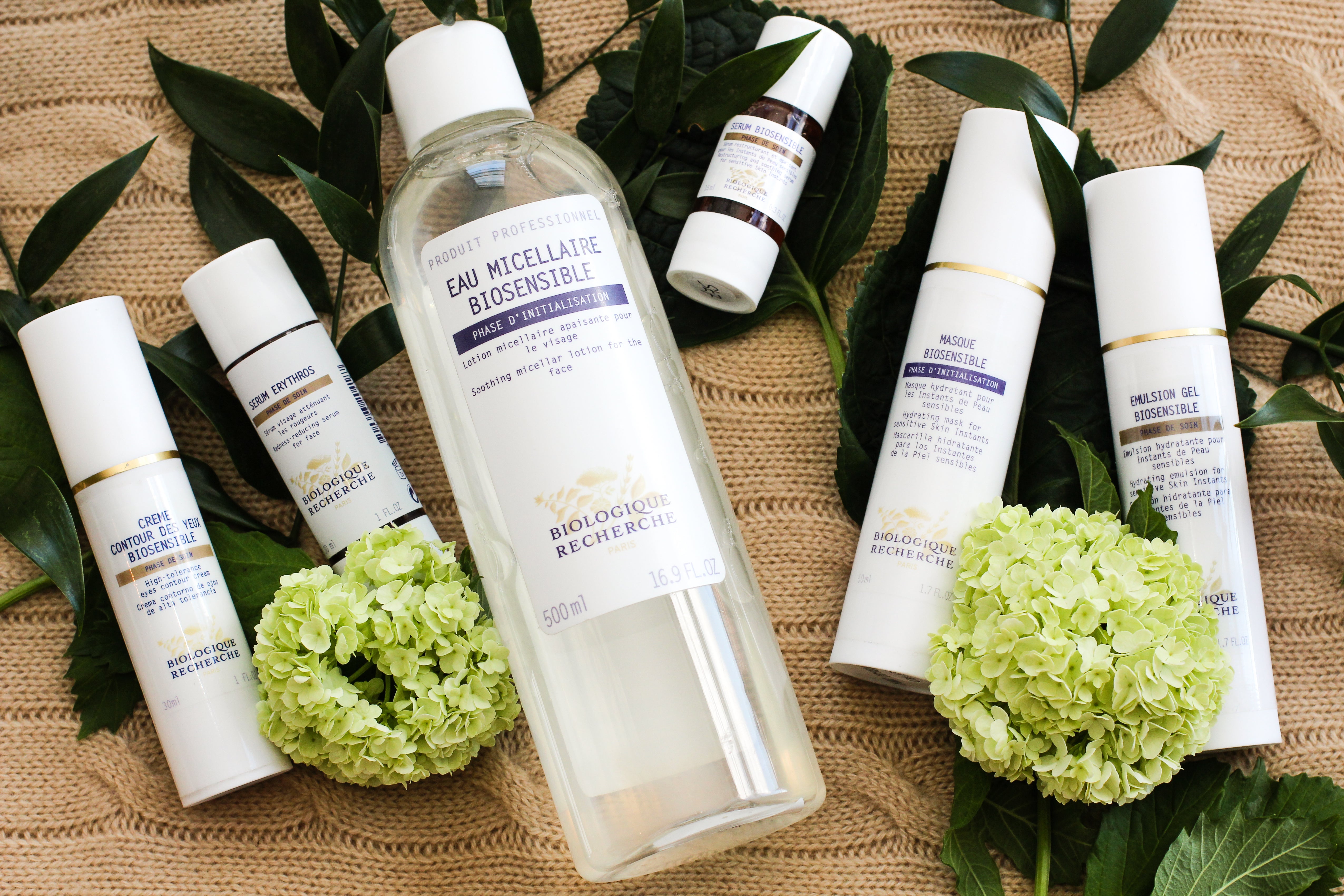
Sensitised Skin
On average, 80 percent of new clients that come to us find out their skin is sensitised.
An increasing number of men and women, mostly women are experiencing SENSITISED skin. But how do we understand the difference between sensitive skin and sensitised skin, so we can figure out which one we are? Especially when both are theoretically similar on paper.
At the Embassy of Beauty, we have confidence that knowing the difference can alter the way you think about the two and could improve the quality of your skin.
First and foremost, the answer in the simplest form, is that SENSITIVE skin is a predisposition, in other words, sensitivity is very much inherited and unfortunately bound to you for life. Tell-tell signs of this type of skin include a thin translucent surface with a natural blush and rosy cheeks, which tend to flush easily. Sensitive skin also heavily responds to certain emotions such as embarrassment or shyness, and in most cases can be reactive to touch. The good news is that sensitive skin is a shared issue amongst so many of us that it is virtually impossible to not find any information and advice on sensitive skin.
But as with all skin conditions and skin instants, the upkeep can be tedious especially since keeping an eye on ingredients can be much like counting calories. NO ONE WANTS TO DO IT!
For sensitive skin a little acceptance goes a long way, and a simple yet gentle skincare routine with fragrance-free products and non-irritating ingredients is substantial for its maintenance. Even slightly reducing sensitivity is a plus so you’re not a walking talking stimulus!
For products to do exactly that and help with sensitive skin, the Biologique Recherche Biosensible Range calms, restores and alleviates signs of redness.
Sensitive skin aside, what happens to your skin when it’s SENSITISED?
With SENSITISED skin, the issue can develop at any point in someones' skin cycle. This can come and go, and in addition can be acquired and/or be reversed. The reason lies mainly with a defective or compromised skin barrier that cannot withstand external and internal factors, thus allowing them to enter through the epidermis. An easy way to remember this process is the way Biologique Recherche perceives the skin anatomy, by comparing it to a house. The roof being the skin’s protective outer layer, formally known as the epidermal lipid barrier layer. The whole purpose of a roof is that it needs to be strong and steady to ensure protection.
To better exemplify this further, have a look below.
The diagram illustrates the sensitising progression happening to the skin on the right-hand side where the epidermis is red, inflamed and itchy due to a compromised skin barrier where the irritants, pathogens (microbes) and external factors are penetrating into the epidermis. Consequently, this follows for trans epidermal water loss, a break down in lipids and diluted capillaries resulting in dehydration, dryness and a red/inflamed appearance.
If you turn your focus to the healthy skin on the left-hand side, these factors are being blocked by the skin barrier.
A gradual or sudden change in your complexion can indicate sensitisation, and if not treated, symptoms can persist for months if not years. Further exacerbation can cause skin conditions such as eczema, dermatitis, psoriasis and rosacea. In cases of mild to moderate rosacea, we recommend the Serum Erythros to calm inflammation and diffuse redness. This truly goes to show how important it is to maintain skin health, or in this case restore the skin barrier for it to function the way it is designed to... As a shield!
As delicate as our skin may be, it is designed to defend against a number of factors and has the means to endure a lot.
With regards to treatment, sensitised skin is not a whole different ball game to sensitive skin, but the multiple possibilities cause the issue to make it all about trial and error.
Signs of sensitised skin:
- TIGHT SENSATION
- INFLAMMATION
- FLAKEY
- ROUGH
- DEHYDRATED
- REDNESS (ERYTHEMA)
- ITCHING & BURNING
- ROUGH PATCHES
- RASH
- SWELLING
Most Common Factors:
- Environmental aggressors – This could be pollution, air conditioning and/or central heating.
- Stress
- Hormonal imbalances
- Smoking
- Poor diet & lack of nutrition
- Over exfoliation and over processing
- Incorrect products and usage
- Harsh ingredients
- Medicine, antibiotics, and contraceptive pills
- Cold and hot weather
To prevent this, we cannot stress the importance of making sure the skin barrier is uncompromised to avoid of sensitisation. Although it is not clear from person to person what factor is causing sensitisation, measures can be taken to identity them. Reversing skin sensitisation isn’t impossible but it takes time and effort. Therefore, the key to combating sensitised skin is to recognise which of the factors causing the issue and most importantly the triggers so you can treat the problem from the root. Whether that is to stop having extra chillies in your curry or by altering your skincare routine. A quick example is to switch your current moisturiser to the Emulsion Gel Biosensible. Light in texture and a favourite for our sensitised clients.
OUR SENSITISED SKIN GUIDE:
- Use tepid water or cold water. Hot water dehydrates the skin and leaves it feeling tight and more reactive than usual. Try the Biologique Recherche cold water method.
- Invest in pollution care! These are products and ingredients that keep the city dweller in mind and target the signs of pollution on the skin. The Lait VIP O2, Crème VIP O2 and matching Masque VIP O2 are the perfect trio to give skin some oxygen and life!
- Keep an eye on what you are consuming. Monitor flare ups, good skin days and bad skin days. You can do this by keeping a diary, downloading a food tracker app or simply keeping it in mind.
- Further to the last point, look at your lifestyle choices. Maybe eliminate coffee, alcohol or dairy. (Not all at once!) Give it a go and review the impact, if any.
- Cut down on the stress and work to take steps to relax more. Find something that makes you happy or create a space where you can unwind! But make this a ritual.
- Be mindful of over exfoliation and don’t overdo it. The Lotion P50W has added arnica extract to give skin a soothing effect without causing irritation.
- Correct aftercare for cosmetic/medical procedures, laser treatments and peels. It is important to remember the skin has undergone change in some form so use the right products such as the Serum Biosensible which is formulated to provide instant relief and help the skin recover.
- Avoid too much sun exposure. Make sure you are protecting yourself from UVA and UVB rays correctly by using an effective SPF. Consider the Biologique Recherche Pro UV.
For SENSITISED skin, discover our Biosensible Range to help restore the skin back to health.
By Embassy of Beauty
Share Title
